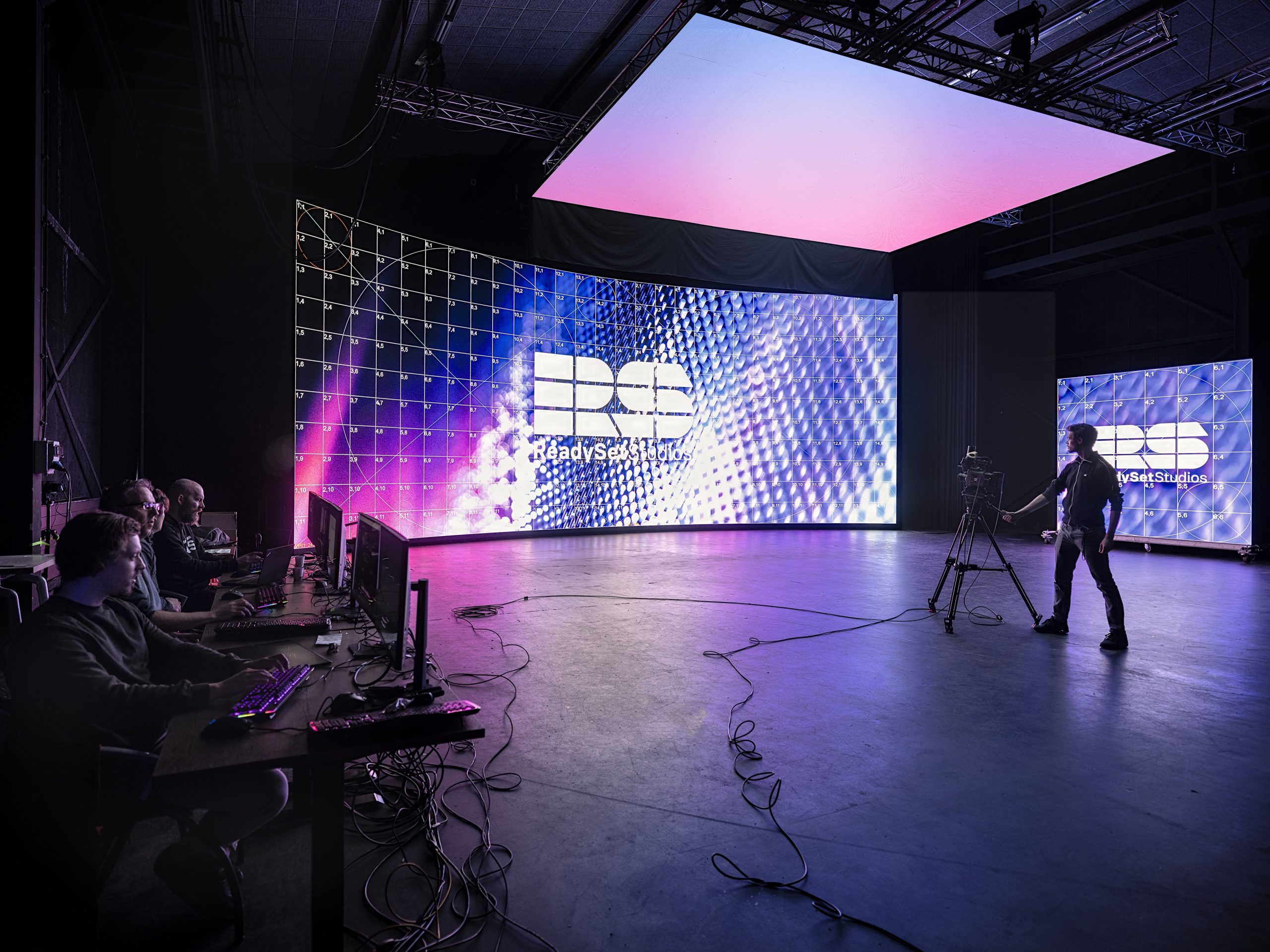Investigating the Key Elements That Influence Color Uniformity in LED Panel Screens for Optimal Display Performance
Investigating the Key Elements That Influence Color Uniformity in LED Panel Screens for Optimal Display Performance
Blog Article
Hue consistency in light-emitting diode wall panels is crucial for attaining maximum optical performance. LED wall screens are commonly used in various settings, including musical events, meetings, and promotional showcases. When the colors on these panels are consistent, they create a more captivating and immersive experience for viewers. Several key factors influence color uniformity, including the caliber of the light-emitting diode components, calibration processes, and surrounding factors.
The caliber of the light-emitting diode components plays a major role in color consistency. Various types of LEDs produce light at different frequencies, which can influence the overall color output. Premium LEDs are designed to produce a more consistent light spectrum, resulting in better hue precision. Additionally, the manufacturing process of these LEDs can impact their performance. Panels made with high-grade materials and techniques tend to have fewer color variations, ensuring that the displayed pictures and videos look vibrant and true to life.
Calibration is another essential element in maintaining hue uniformity in light-emitting diode wall screens. Tuning entails modifying the settings of the screen to ensure that the hues shown match the intended appearance. This procedure can include fine-tuning luminosity, differentiation, and color equilibrium. Regular tuning is essential, especially in settings where lighting conditions vary often. By calibrating the panels, specialists can correct any discrepancies in color result, leading to a more uniform observing encounter.
Environmental conditions also influence hue consistency in LED wall screens. Elements such as ambient light, heat, and humidity can affect how hues are perceived. For instance, intense surrounding light can wash out colors, making them appear more vibrant. Similarly, harsh temperatures can affect the functionality of the LEDs, leading to color changes. To reduce these issues, it is essential to install light-emitting diode wall screens in managed settings where lighting and temperature can be managed efficiently.
Lastly, the layout and layout of the LED wall panels can impact hue uniformity. The configuration of the panels, as well as the distance from which they are observed, can create differences in hue recognition. When screens are placed too distant apart or at varied positions, audiences may detect inconsistencies in color. To achieve the best optical performance, it is important to take into account the placement and arrangement of the panels during Discover More Here installation. By addressing these factors, operators can guarantee that their light-emitting diode wall screens deliver a uniform and high-quality optical encounter.